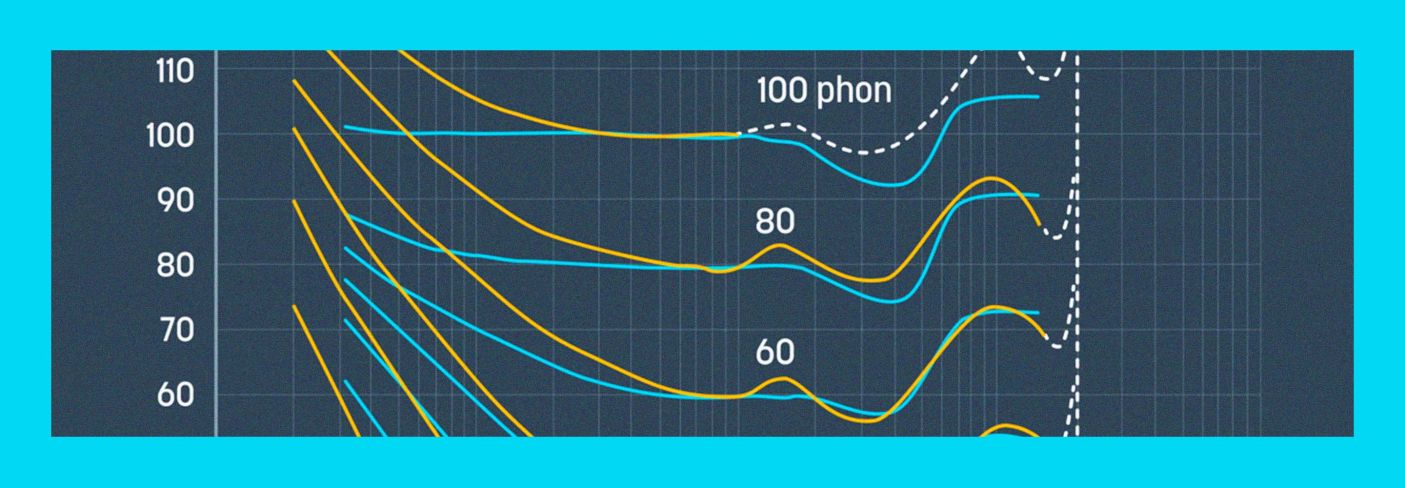Late to the party, sorry if this was already said but I believe the most important development for speaker design is increase of efficiency. Currently electromagnetic drivers are typically no more than about 5% efficient. In other words just 5% of the applied electrical energy is converted into sound, the rest is dissipated as heat from the voice coil.
A theoretical 100% efficient direct radiator driver would convert 1W of electrical energy into 1W of acoustical energy. This will produce 112dBSPL (at 1W, 1 metre, when radiating into half space). Typical hi-fi loudspeaker efficiency is around 90dB/W/m - only 0.62% efficiency! 99.38% of all applied power is wasted as heat.
When you are working with a transducer which is less than 1% efficient what quality do you expect? The so-called piston engine is 20-30% efficient, electric motors are 80% efficient. Yet, here we are stuck with less than 1%.
In my view, an efficiency increase of at least an order of magnitude is what a speaker designer should look to achieve.
The argument for increased sensitivity seems at least intuitively compelling.
However, what nags at me is this: A certain "type" of audiophile has been arguing for higher sensitivity speakers for a long time, and for similar reasons. It started with a small Absolute Sound-type cadre when solid state had taken over. That is they would argue: People are now building really low sensitivity hard to drive impedance speakers, but they think it's ok because how watts are plentiful with solid state amplification. So, just throw more watts at the problem. However (enter dubious part), these new (at the time) high wattage amps don't sound very good. It's a lot of power, but not good sounding power (like name-the-favourite tube amp or whatever).
The knock on that view was that it was just wrong: the solid state amplification was perfectly fine. This "poorer quality high wattage" thing was a figment of those audiophile's imagination.
I think that rebuttal generally tracks the views of many on ASR. That the lower sensitivity speaker problem is mostly solved by supplying ample wattage, which can be done easily with current solid state, and hence higher sensitivity speakers don't have an advantage.
Your proposal seems to argue that, actually, not just in terms of wasted heat, but yes...SONICALLY...a higher sensitivity speaker will turn out to have an advantage. Is that right? If so I'm bumping on that because it seems of a piece with the old arguments made by tube-loving (or "first watt") loving audiophiles.


